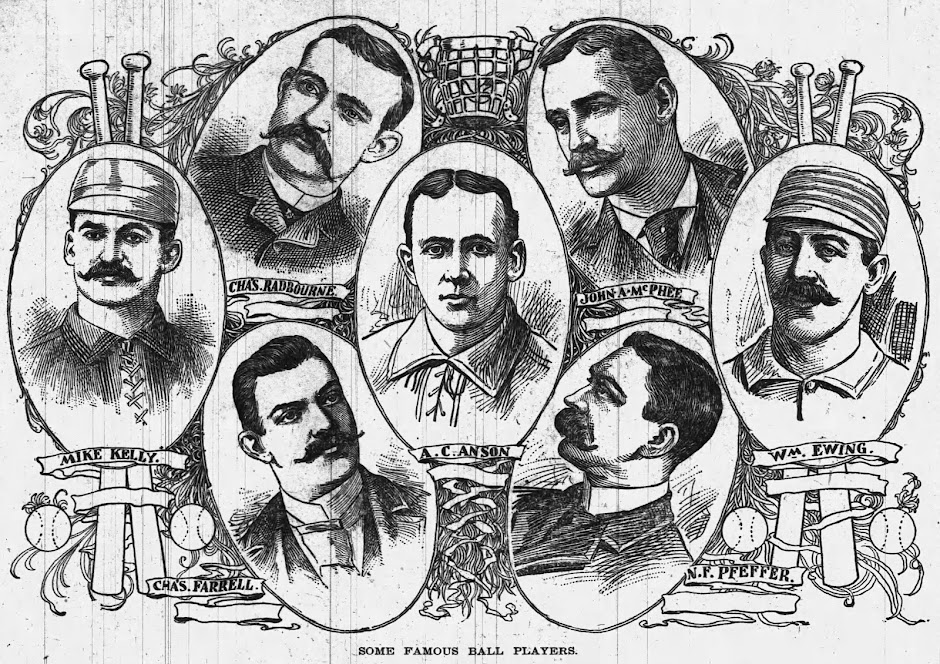As noted earlier, Scene 3 of the first Act of Henry VI, Part II is a relatively long scene divided into three parts. Margaret and Suffolk are on the stage for all three parts, but in the middle part they are alone which Shakespeare uses to give us our first signs of their agendas (based on the continuing assumption that Part II was written before Part I). Their treatment of the common people in the first part of the scene suggested that they are not going to play positive selfless roles and this is more than confirmed in their pri,vate conversation.
From Margaret this queen thing clearly isn't working out well. She is displeased with her husband who she says seems to aspire more to be Pope than King and she is not at all pleased with the rest of the court including the Lord Protector, Beaufort and York. But her greatest animosity is directed toward Eleanor, Gloucester's scheming wife, who we know returns Margarets dislike and with a vengeance. Suffolk in trying to pacify her, reveals himself to be an arch plotter, working secretly for Eleanor's downfall (as we already know) while trying to convince her that as much as they dislike Beaufort, they have to work with him until Gloucester is destroyed.
The agendas are clear, Margaret wants power and Suffolk wants to her to have that power so that she can "steer the happy helm." It would be one thing if Margaret saw Henry mismanaging or rather not managing the kingdom and wants to work for the kingdom's welfare, but her goal seems limited to being revenged on Eleanor and lording it over all the lords (sorry). It seems clear that in this case evil is an equal opportunity employer, not restricted by gender, ambition for power for power's sake cannot help what is already a troubled situation. The dialogue further paints the picture of a country threatening to come a part at the seams.


No comments:
Post a Comment